If you walk around Strines, particularly the Strines Reservoir it is impossible not to notice Boot’s Folly, the tower on the hill to the south of the reservoir. It’s a fascinating structure, both for what is known about it and the possible reasons for its construction. The stories associated with the reasons for its construction and current state of repair are woven into the local history of Strines.
Boot’s Folly, Strines Tower or Sugworth Tower was built in 1927 by Charles Boot the son of the founder of local construction company Henry Boot PLC. Henry Boot & Sons was founded in 1886 and helped by the success of civil building contracts and building camps for the military during the 1914-18 war the company was floated on the London Stock Exchange in 1919. It’s no surprise therefore that around Sheffield and surrounding areas the family is well known and a number of local builds have been constructed by the company, owned by the family and lived in by the various descendants of Henry Boot.
The tower was built out of the leftover stone from the construction of Bents House nearby. The stone was obtained by the demolition of Bents Farm, Pears House Farm and Nether Holes Farm all of which were apparently demolished because they were polluting local watercourses. Either it was commissioned by Charles Boot to provide work for some of his construction workers during the Great Depression, and/or to allow him to see the church yard at High Bradfield where his wife had been buried the year before (1926). Either way the tower is now derelict and has sadly lost its wood panelled interior and fittings – including a spiral staircase since a cow managed to climb it and get stuck in the tower.
Getting to Boot’s Folly
You’ll find Boot’s Folly at SK230899 on the Ordnance Survey’s OL1 map. It can be accessed from Strines Reservoir by walking South along the Sheffield Country Walk or via the shorter and less hilly route from Sugworth Road to the south.
The story of this and other Boot projects proves that reclamation and recycling are nothing new. Just a hundred metres east of the tower you’ll find columns, capitals and other architectural details from a Sheffield Church. It’s thought Boot may have intended to use these to build another structure near the existing tower. If you’ve read my piece on Derwent Hall you’ll know that part of that building were used by the Boot family in another of their properties Thornbridge Hall.

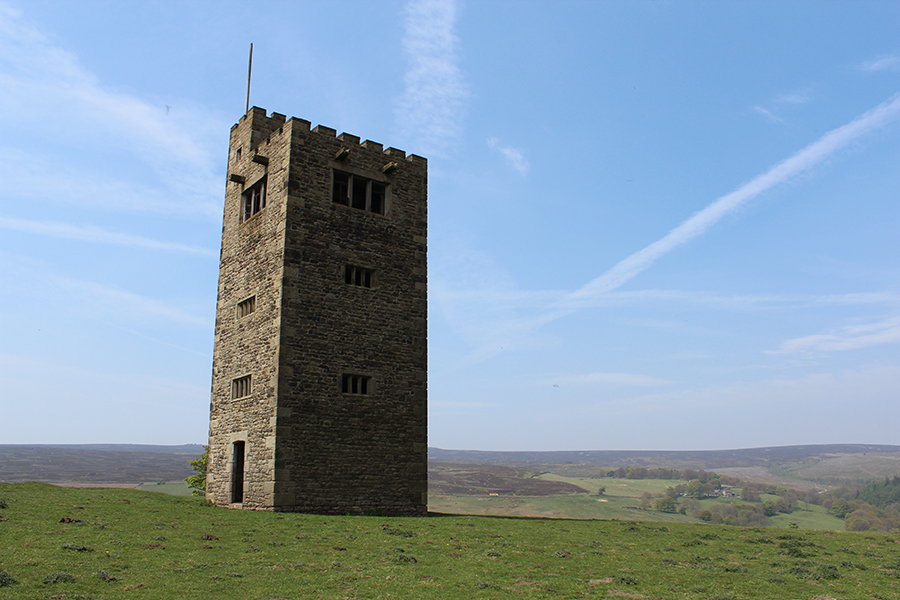
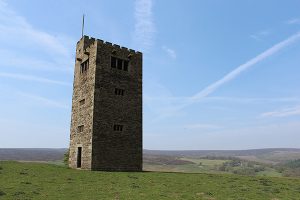


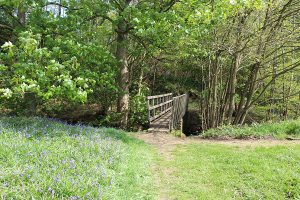
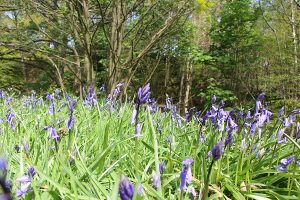
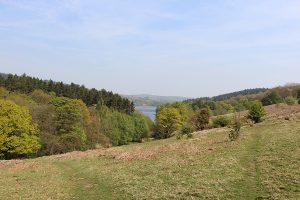
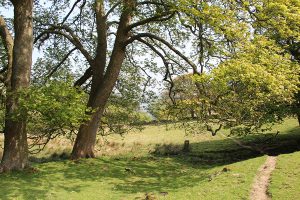



Recent Comments